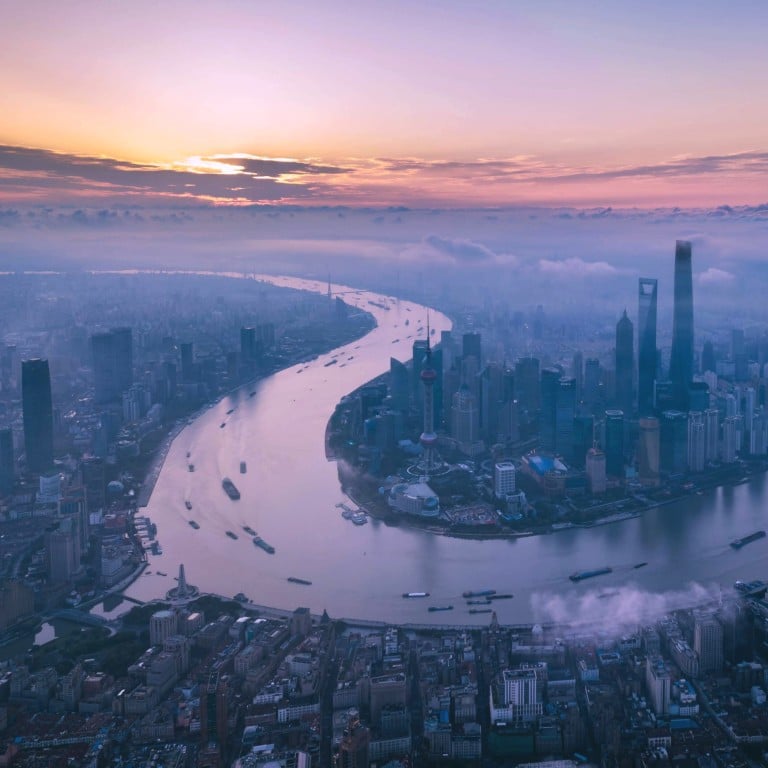
China’s Li Keqiang presents an economy in distress in NPC speech. Is it just growing pains?
- The lack of an accurate GDP growth figure means the true state of the Chinese economy, now facing its slowest growth in almost 30 years, remains guesswork, heightening worries over debt and unemployment
In some ways, that was understandable when the prevailing (if incorrect) logic was that GDP growth was related to social order. As growth has fallen and order has endured, it seems that it has less to do with GDP growth than how the Communist Party manages inevitable, periodic downturns.
The official growth number is unfortunately taken as gospel by official channels; the World Bank, the IMF, and major banks included. They should be ashamed of themselves for parroting a figure for fear of offending someone. Despite widespread disbelief, the official GDP growth number remains at the heart of all Chinese economic calculations.
Indeed the famous “Li Keqiang Index” (calculated by The Economist magazine) was inspired by an alleged comment (revealed by WikiLeaks) by Li, then party secretary of Liaoning, to an American diplomat. Li apparently regarded the Liaoning GDP figures as “man-made” and unreliable. The competent economist in him preferred to use indicators like railway cargo volume, electricity consumption and bank credit. And so should we.
Morgan Stanley estimates that China must post growth of 6.2 per cent this year to satisfy the authorities’ aim of doubling the size of the economy in the 2010s. The maths of GDP is important. If you grow an economy by 6-8 per cent per annum for a number of years, you get quite a large figure. If it is not growing that fast, the economy is actually much smaller; and placing reliance on important metrics like GDP per capita or debt as a percentage of GDP becomes dangerously misleading.
We all hope that by some miracle, the economy turns around and fills the gap between official and actual growth – but it seems unlikely any time soon in a maturing economy of close to 1.4 billion people.
Aside from the dodgy GDP figure, Li did not hide reality. “We must be fully prepared for a tough struggle,” he said. China’s challenges are “graver and more complicated” than in the past and to achieve its growth target, the government would pursue measures “with greater intensity and enhance its performance”.
There were a lot of measures mentioned despite some of the rhetoric being faintly reminiscent of Goldilocks. The government will continue its “prudent” monetary policy, easing or tightening “to the right degree”, said the premier.

Richard Harris is chief executive of Port Shelter Investment, a veteran investment manager, banker, writer and broadcaster, and financial expert witness

